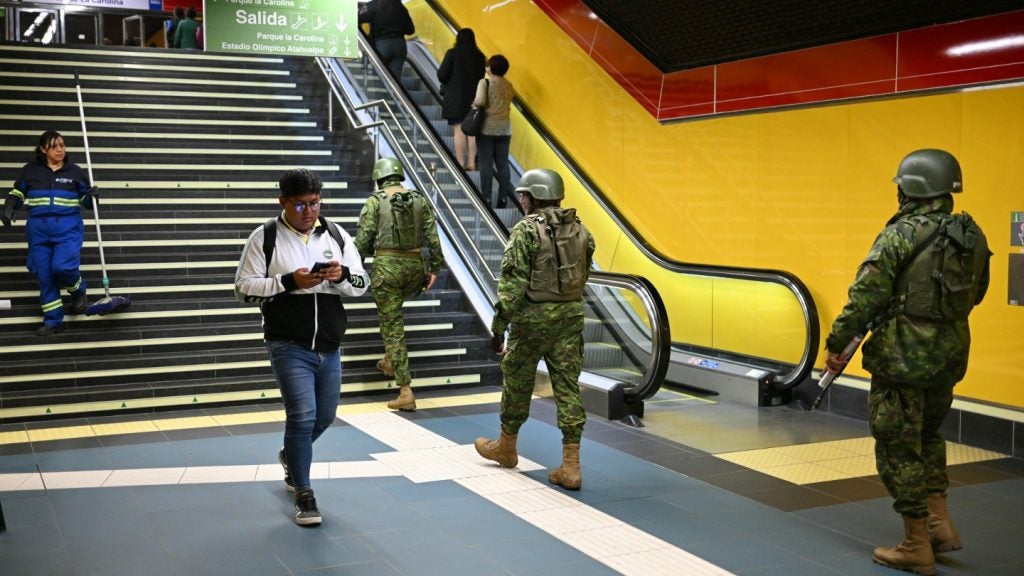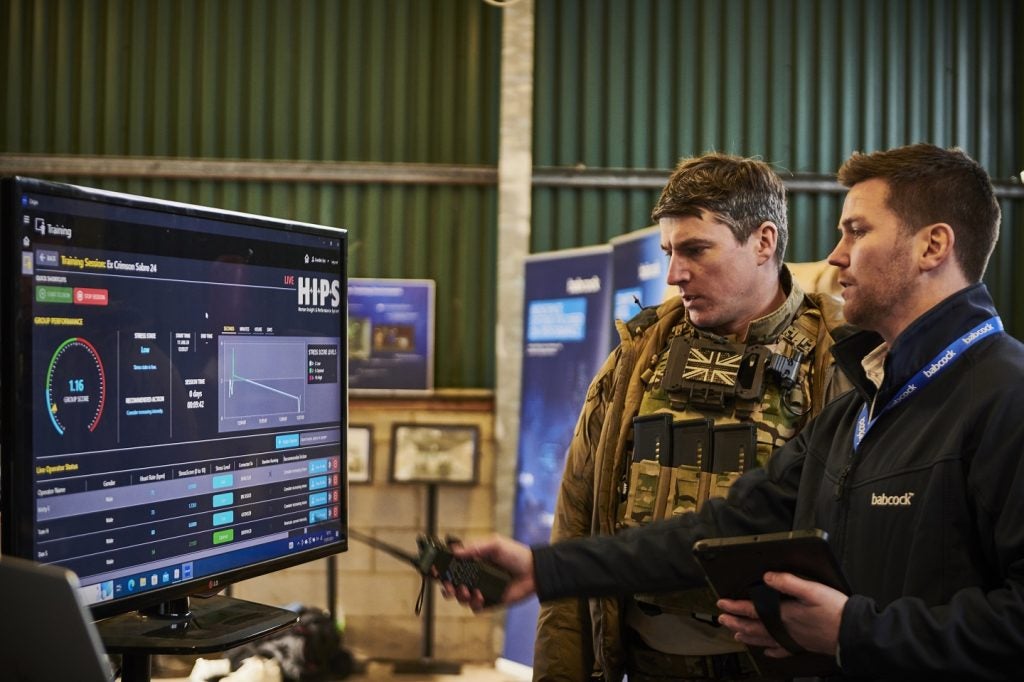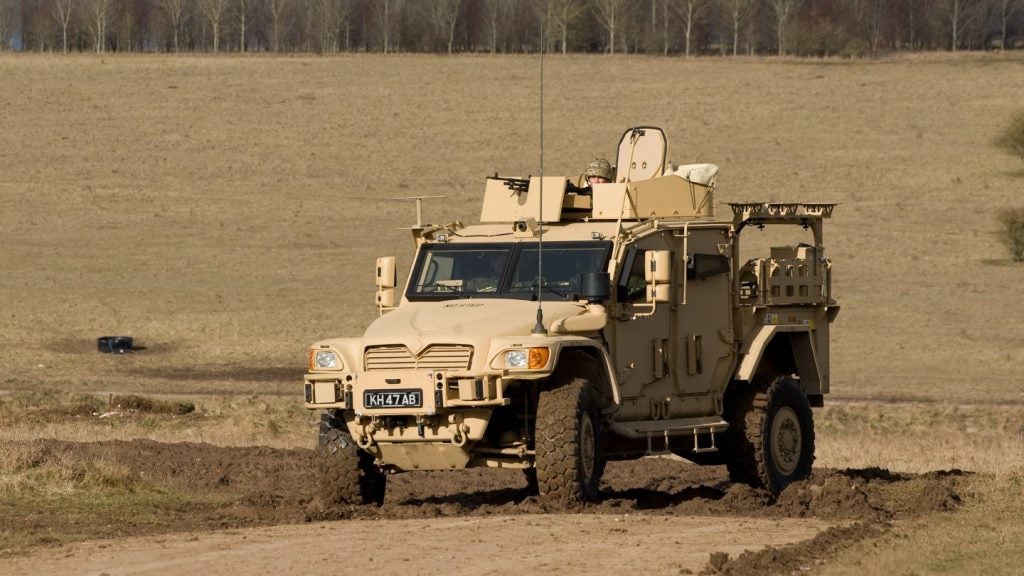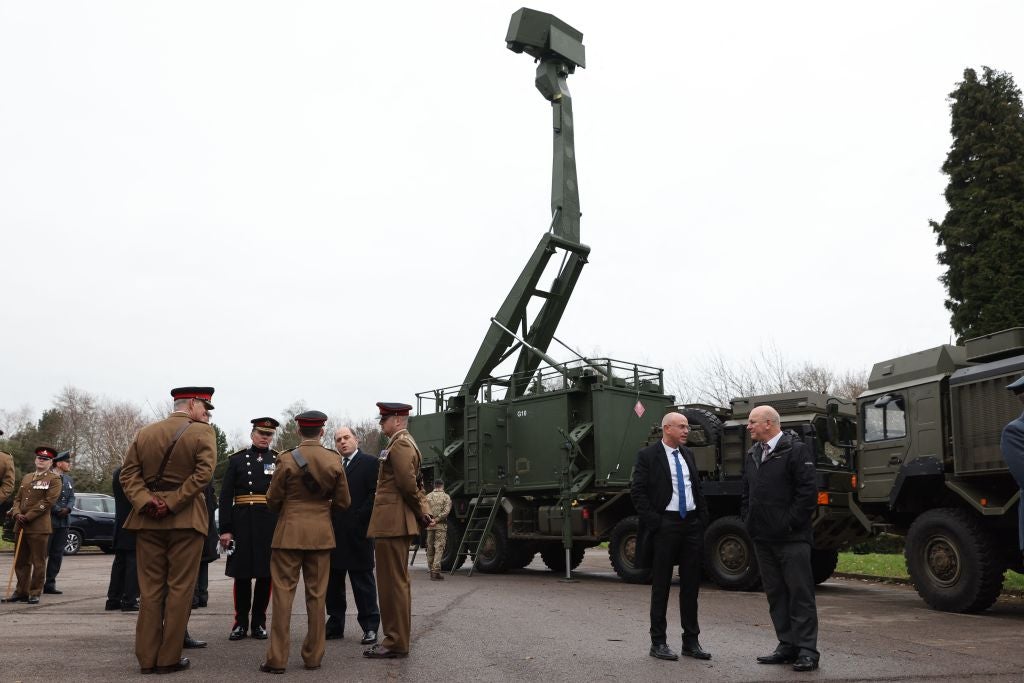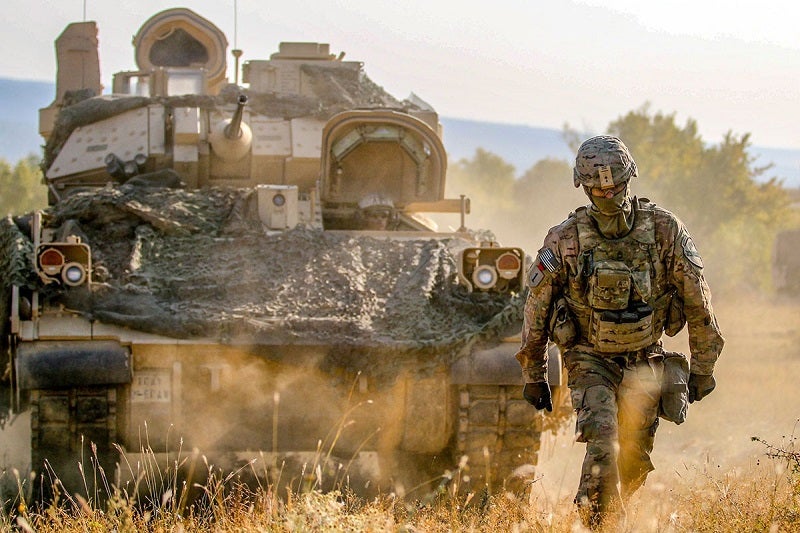
Unbeknown to many, the British Army’s largest armoured training facility, British Army Training Area Suffield (BATUS), isn’t in Britain at all but instead is located in the remote Western Canadian prairies.
Thousands of soldiers are deployed to the 2,700km2 site every year to take part in two-phase exercises comprising live fire and tactical effects simulation (TES) and engagement with a live enemy.
In one area of the base, a line of more than 40 crosses serve as a stark reminder of the deaths that occurred during training – the majority from road accidents – since the army’s arrival at BATUS nearly 50 years ago.
For the armed forces, cc and is essential to properly prepare personnel for combat. The reasoning is simple: the more realistic and well-managed the training in advance of deployment, the fewer the likely casualties during operations.
In the context of the number of military personnel – there were around 1.3 million on active duty in the US in 2018, plus 800,000 reservists – fatalities during training, while tragic, are mercifully rare.
However, how best to protect forces during training and simulation exercises remains a subject of perennial debate. In May 2018, lawmakers on the US House Armed Service Committee revealed that in 2017 nearly four times as many personnel died in training accidents as were killed during combat.
How well do you really know your competitors?
Access the most comprehensive Company Profiles on the market, powered by GlobalData. Save hours of research. Gain competitive edge.

Thank you!
Your download email will arrive shortly
Not ready to buy yet? Download a free sample
We are confident about the unique quality of our Company Profiles. However, we want you to make the most beneficial decision for your business, so we offer a free sample that you can download by submitting the below form
By GlobalDataAccording to statistics obtained by the Washington Examiner, 20 US Army soldiers died in training accidents in 2019, while another 70 were seriously injured. In the UK, a BBC investigation recently found that the MOD breached health and safety laws in training 40 times in the past 20 years.
Pushed to the limit: the risks associated with military training
The British MOD’s report ‘Training and exercise deaths in the UK Armed Forces’, published in March 2019 and covering the period from 1 January 2000 to 28 February 2019, makes for sobering reading.
Of the 147 recorded deaths, which account for 6% of all UK regular armed forces personnel and ‘on-duty’ reservist fatalities during that period, 99 were in the army, with the biggest cause being disease-related conditions (21). The navy suffered 25 fatalities, with diving or snorkelling incidents accounting for the most deaths (7). Of the 23 deaths in the RAF, aircraft accidents were responsible for more than half (12).
The risk to personnel posed by disease made headlines last November when two recruits – one from Ghana and the other from Malawi – collapsed and died during military exercise runs at Whittington Barracks in Staffordshire. Both had undiagnosed sickle cell disease, a condition that affects around 15,000 people in the UK and is more common in people of African or Caribbean descent.
“A senior coroner ruled that training and planning that day was poor, and that the men who died had been neglected by the army.”
According to the MOD, candidates will now be screened for the trait ‘where available’ via an NHS family questionnaire, while ‘work is under way’ to introduce blood tests for candidates ‘whose family background suggests they might be at a higher risk of being sickle cell trait’.
On one of the hottest days of 2013, three soldiers carrying 25kg on their backs died during a gruelling SAS selection exercise on the Brecon Beacons. In 2015, a senior coroner ruled that training and planning that day was poor, and that the men who died had been neglected by the army, which said it would do ‘everything possible to prevent a recurrence’ of the deaths.
The following year Corporal Joshua Hoole collapsed and died during an annual fitness test near Brecon, and in 2018 Lance Corporal George Partridge died at the National Diving and Activity Centre near Chepstow.
An MOD inquiry into the latter incident found that, despite warnings about safety issues with diving equipment, lessons had not been learned and there was still no formal training for diving officers.

A convoy during a simulated attack and medivac of two patients whilst under fire. Image: Crown Copyright / MOD
Hot topic: the health threat from extreme heat
Developed in response to the deaths of the three British SAS recruits during training in 2013, the Bodytrak multi-parameter, in-ear body monitoring platform offers accurate, real-time monitoring of vital body functions such as core body temperature and heart rate, with the potential to reduce heat-related injury, detect illness and improve recovery time during training and on the battlefield.
The device, created by a UK-based company of the same name, also continually monitors heart rate variability, oxygen uptake, speed and distance. Data and alerts can be uploaded wirelessly to a cloud-based platform, or viewed in real time on a tablet, smartphone, smart watch or digital radio.
Heat has also been identified as a threat to health in the US military. The impact of escalating and prolonged temperature rises due to climate change on US military personnel was the subject of a recent report entitled ‘Military bases at risk from extreme heat’.
“From 2008 to 2018, at least 17 US troops died during training exercises due to extreme heat.”
Of the 2,792 incidents of heat-related illness in 2018, only 67 affected troops deployed in Afghanistan and Iraq. Meanwhile, from 2008 to 2018, at least 17 US troops died during training exercises due to extreme heat.
The report projects the average number of dangerously hot days – defined by the Occupational Safety and Health Administration as those over 100°F – at US military bases over the next century.
“We found that the number of lethally hot days at basic training facilities will on average quadruple by mid-century,” Shana Udvardy, climate resilience analyst at the Union of Concerned Scientists, one of the authors of the report, told Defence & Security Systems International. “Asian and Pacific Islanders and non-Hispanic black service members are also more at risk.”
According to Udvardy, the US armed forces already have ‘rigorous’ heat-protection standards in place, and she also points to the recent establishment of a ‘heat centre’ at Fort Benning, Georgia. In addition, the design of a new hot-weather uniform for the army was completed in 2019, with a higher proportion of nylon to cotton in the fabric blend for quicker drying and better breathability.

Seabee divers during a diver drill in Pearl Harbour. Image: US Navy
Reality check: MOD funds VR training platform
In a bid to provide realistic training scenarios without the associated risks, the British Armed Forces are increasingly turning to commercial off-the-shelf (COTS) simulation technologies from the private sector.
Earlier this month, the MOD unveiled a new virtual reality (VR) training platform built on the same gaming engine as Fortnite. Software firm SimCentric has been awarded £300,000 by the Defence and Security Accelerator to develop and trial the simulator, which can be used by over 30 personnel at a time, and uses intuitive gesture control designed to match real actions on the battlefield.
HD surround sound and highly realistic visuals bring to life scenarios tailored for VR interaction, with personnel able to hold a ‘gun’ and crouch and crawl when necessary, as they would during real-life training. After successful trials with the Parachute Regiment and officers at the Infantry Training Centre, Catterick, further tests with the army, air force and marines will take place later this year.
“The MOD is committed to developing radical and innovative ways to combat the challenges our armed forces face today, and equip them for the threats of tomorrow,” said Professor Dame Angela McLean, chief scientific advisor to the MOD. “This new simulator is just one way we are bringing training into the next generation, using technology drawn from the world of gaming to support our troops in training.”



